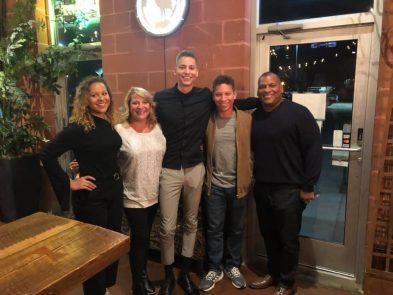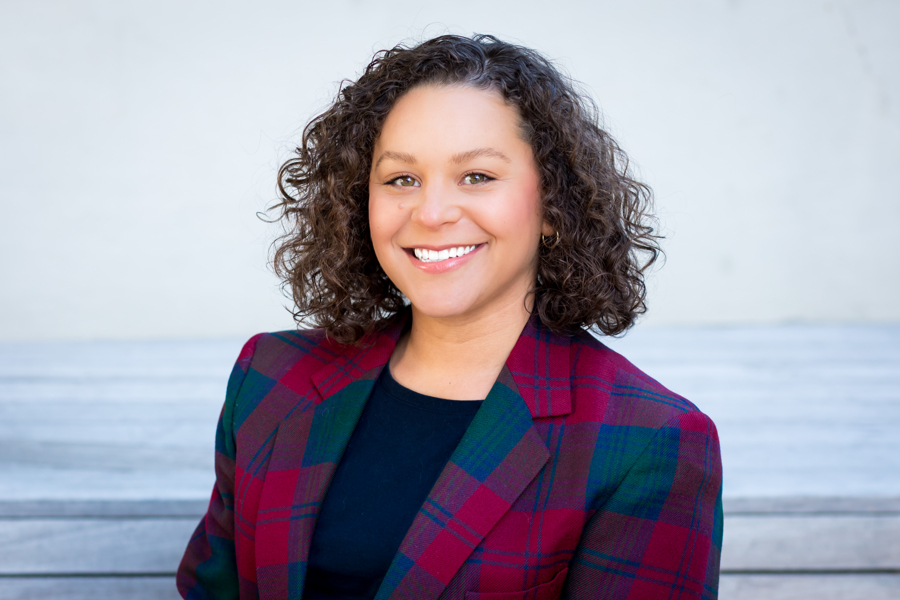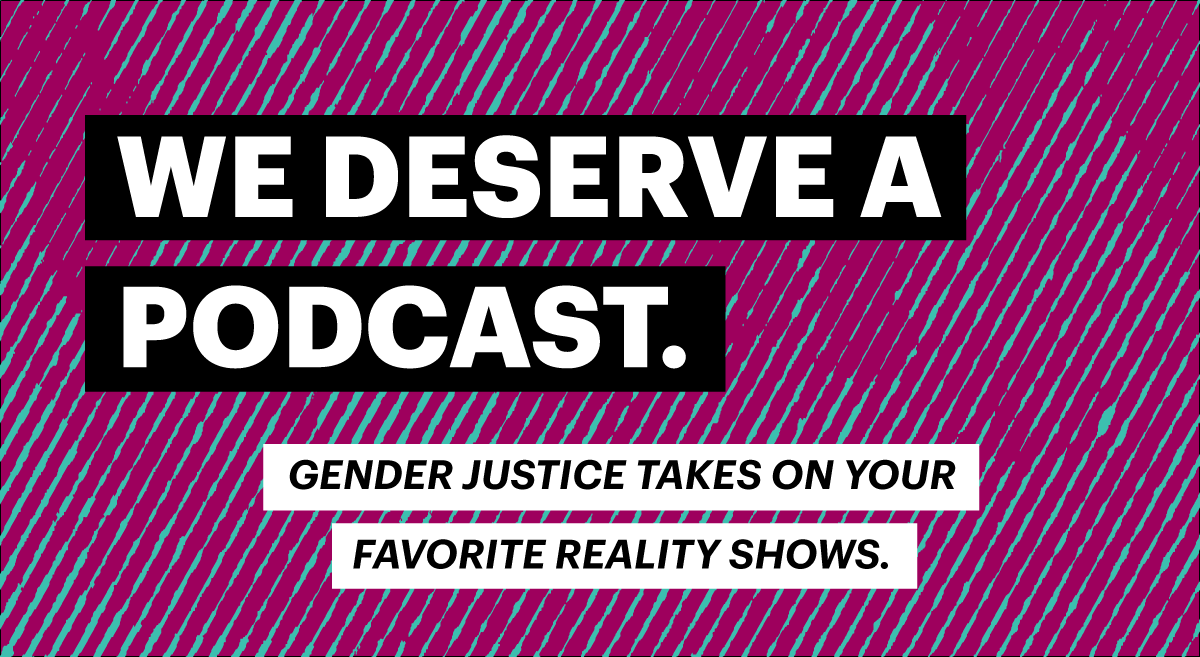Abortion rights, women of color, and LGBTQIA+ people are under attack. Pledge to join us in fighting for gender justice.
Celebrating Black History Month While Mixed-Ish

Black History Month is a time to celebrate Black excellence, honor ancestors who fought before us, and learn how to strive towards creating a world without racism towards Black people. But what does that mean when you’re biracial or mixed-race?
Someone once told me I should only celebrate Black History Month for half of the month since I am half-Black. They were obviously joking but highlighted the constant balance that comes with being biracial; you are often told to “choose” a side. As a biracial person, I can exist in each community I represent while also establishing space to hold in my community of other mixed-race people. In fact, one of the most influential Supreme Court cases in our nation’s history involved an interracial couple, Loving v. Virginia.
I am blessed to have grown up with both of my parents together, spending quality time with the white and Black sides of my family. I love my family so, so much and we’re very close. Throughout my life, different family members have lived with us, moved to our town, and hosted us when we visited them. Being loved by your family is something to be grateful for every day, mixed-race or not.
Even with an abundance of love and acceptance, there are still battles to fight while being biracial. Many people can’t guess what race I am off the bat which leads to a lot of uncomfortable, “What are you anyway?” questions. People have incorrectly identified me as every race under the sun, instead of just asking from the get-go. But racial ambiguity also comes with certain privilege. In college, I was often chosen for promotional campaigns or photo and video opportunities because I was told I could appeal to a wide audience. On a deeper level, I know that I’ve benefited from the longstanding impact of colorism. Bigger career opportunities and experiences were offered to me because I am mixed-race and, in some spaces, white-passing.
One of the biggest things to balance is the expectation to “choose” a side. I remember being so excited to take a Black Studies class in college — after being the only person of color in my African-American Studies class in high school — only to feel like I didn’t belong due to self-doubt. I think one reason I felt so torn, is that there isn’t a set community for mixed-race people. There is no one type of mixed-race person so it can be hard to find other people with similar experiences. But at every stage of my life, I’ve been lucky to surround myself with loving and supportive people, including some of my closest friends who are also mixed-race.
As the mixed-race population continues to grow in the United States, I can’t help but get a little giddy every time I see more biracial representation no matter how big or small. Seeing mixed-race as an option to choose when filling out demographics on forms is a small but meaningful change. Social media accounts, like Mixed Girl Problems, create space for community-curated discussions on being mixed-race in recent years. One of the biggest forms of representation came just last year when “Mixed-ish,” a spin-off of “Black-ish,” premiered on ABC to highlight Dr. Rainbow Johnson’s experience of growing up biracial.
Being biracial means sometimes hanging in the balance while finding your own place to belong — even during Black History Month. I know the struggle of trying to find your place in a world that quite literally wants you to be Black or White. But we have a unique perspective, a merging of backgrounds and history within our community. During Black History Month and beyond I hope my fellow Biracial Angels feel welcomed to honor their heritage and celebrate their history.



